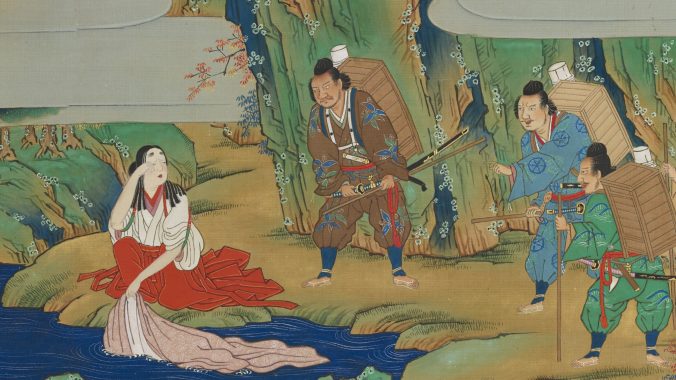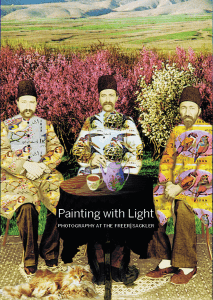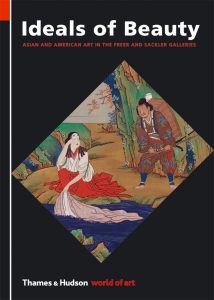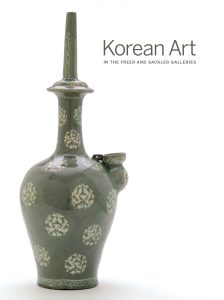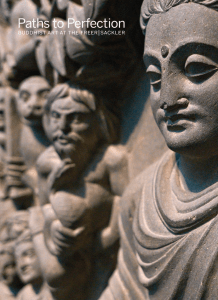
Paths to Perfection: Buddhist Art at the Freer|Sackler
By Debra Diamond et al.
Paths to Perfection introduces readers to Buddhist art through the celebrated collections of the Smithsonian’s museums of Asian art. Written for a general audience, the guidebook shares Buddhist art and its history across cultures, from the origins of Buddhism in India to its spread eastward to China, Japan, and Southeast Asia. More than a hundred objects from the renowned Freer|Sackler collections follow, each with a full-color image and insightful description written by a museum curator or scholarly fellow. Entries are divided by type into five sections: buddhas, bodhisattvas, mandalas and ritual objects, teachers and teachings, and attendants and protectors. A map and glossary help familiarize readers with significant Buddhist sites and terms. 230 pp., © 2017


